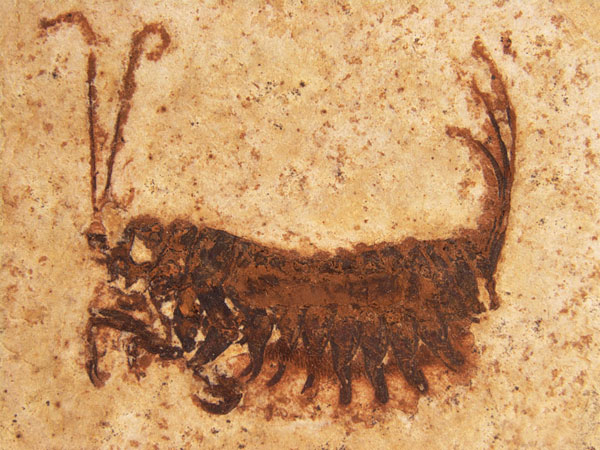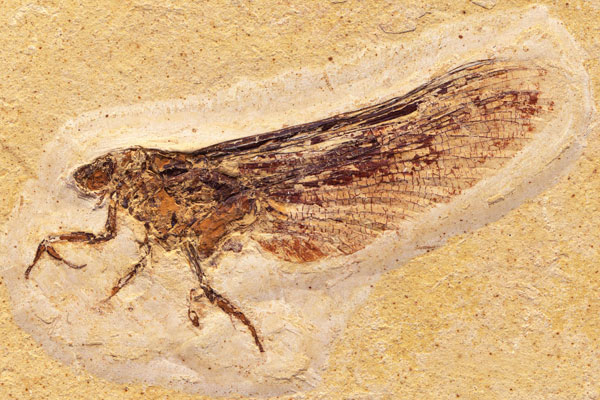Ancient 'Frankenstein' Insect Discovered

Insect "Frankensteins" have been discovered among fossils from a deposit in Brazil. The prehistoric creatures had the wings and middle-body segments of a dragonfly's, wing veins arranged like a mayfly and a praying mantis's forelegs.
"It is a very strange mix of characteristics that are otherwise only known for the unrelated insect groups," said one of the researchers to discover this new group of insects, Günter Bechly, a paleontologist at the State Museum of Natural History in Stuttgart, Germany.
From two adult and about 30 larval fossils that came from the Brazilian fossil deposit and are now contained in collections around the world, the researchers created a new order — a broad category that can contain many species — called Coxoplectoptera. This newly named group of insects is long gone; it has no modern descendants, and the fossils date back 120 million years to the early Cretaceous Period. [See image of fossil insect]
Bechly and fellow discoverer Arnold Staniczek, an entomologist at the museum, realized they had found something special when they came across one of the fossilized adult insects already in the museum's collection while working on a book on the Crato fossil deposit in Brazil from which it came. [Gallery of Colorful Insect Wings]
This deposit has produced tens of thousands of well-preserved fossils during a crucial period for insect evolution, according to Bechly.
Each larva had a body shape that is taller than wide, resembling that of a freshwater shrimp. Based on the larva's shortened mid and hind legs, its thick exoskeleton, beak, large antennae and preying-mantis-like forelimbs, these young insects most likely burrowed part way into the mud underwater and waited to ambush smaller insect prey as they passed, the researchers speculate.
Although it shares characteristics with a number of other insects, Coxoplectoptera's closest living relatives are mayflies. These modern, ephemeral insects die after a brief adult life, of two to three hours to two to three days at most, meant only for reproduction. As adults, they do not eat, said Staniczek. Their ancient relative, however, appears to have been more robust, and like juvenile mayflies, carnivorous.
Get the world’s most fascinating discoveries delivered straight to your inbox.
Coxoplectopterahad forelegs designed for catching and gripping, as well as mouthparts capable of eating — something modern mayflies do not have, he said.
These new insects' anatomy may offer a clue to solving a debate about the origin of insects' wings: Did they start out as stiff outgrowths from plates on the back of the thorax, or midsection, or are insect wings derived from mobile, leg-like appendages? The researchers found evidence in Coxoplectoptera that the wings originated in the back plates; however, these proto-wings appear to have incorporated genes from legs.
The research, with assistance from Roman Godunko, of the University of South Bohemia in the Czech Republic and the State Museum of Natural History in Ukraine, appears in a special issue of the journal Insect Systematics & Evolution.
You can follow LiveScience writer Wynne Parry on Twitter @Wynne_Parry. Follow LiveScience for the latest in science news and discoveries on Twitter @livescience and on Facebook.




